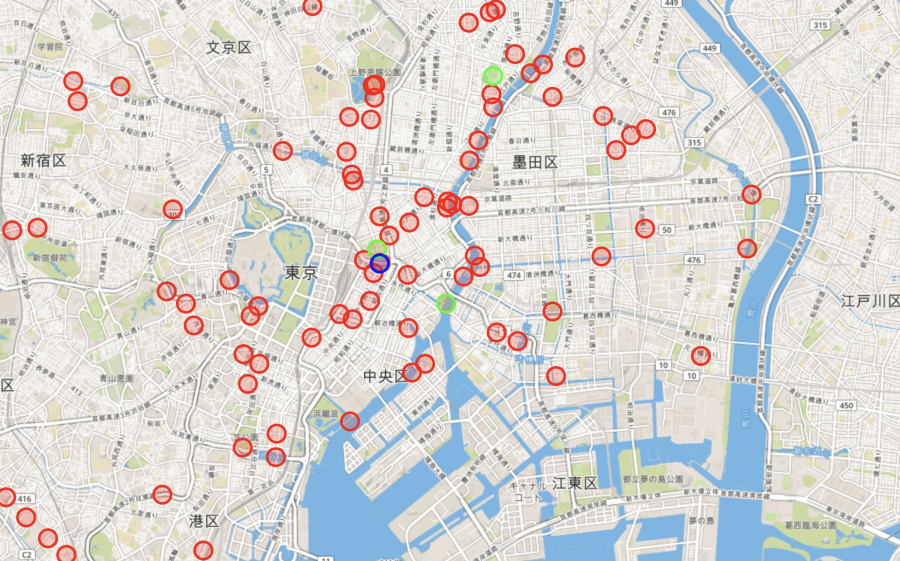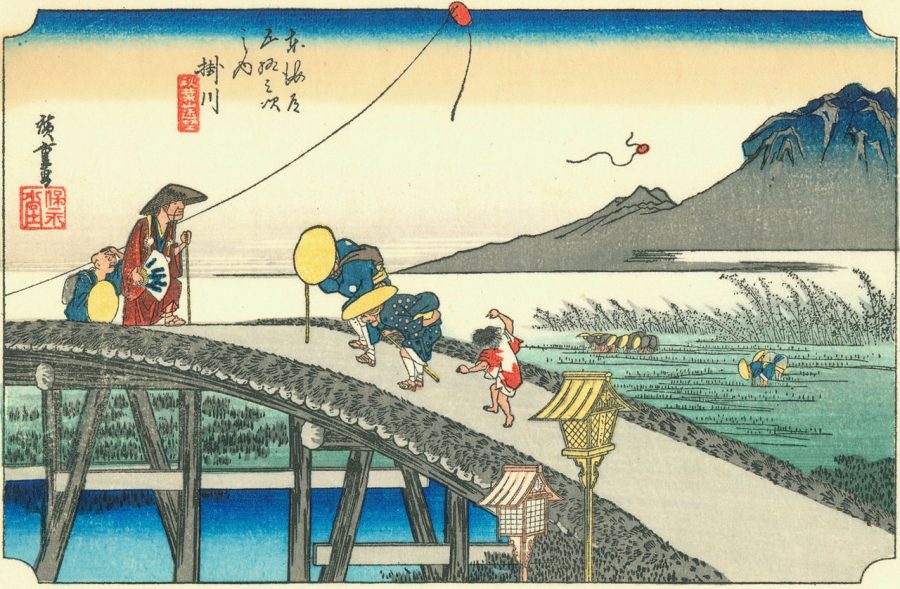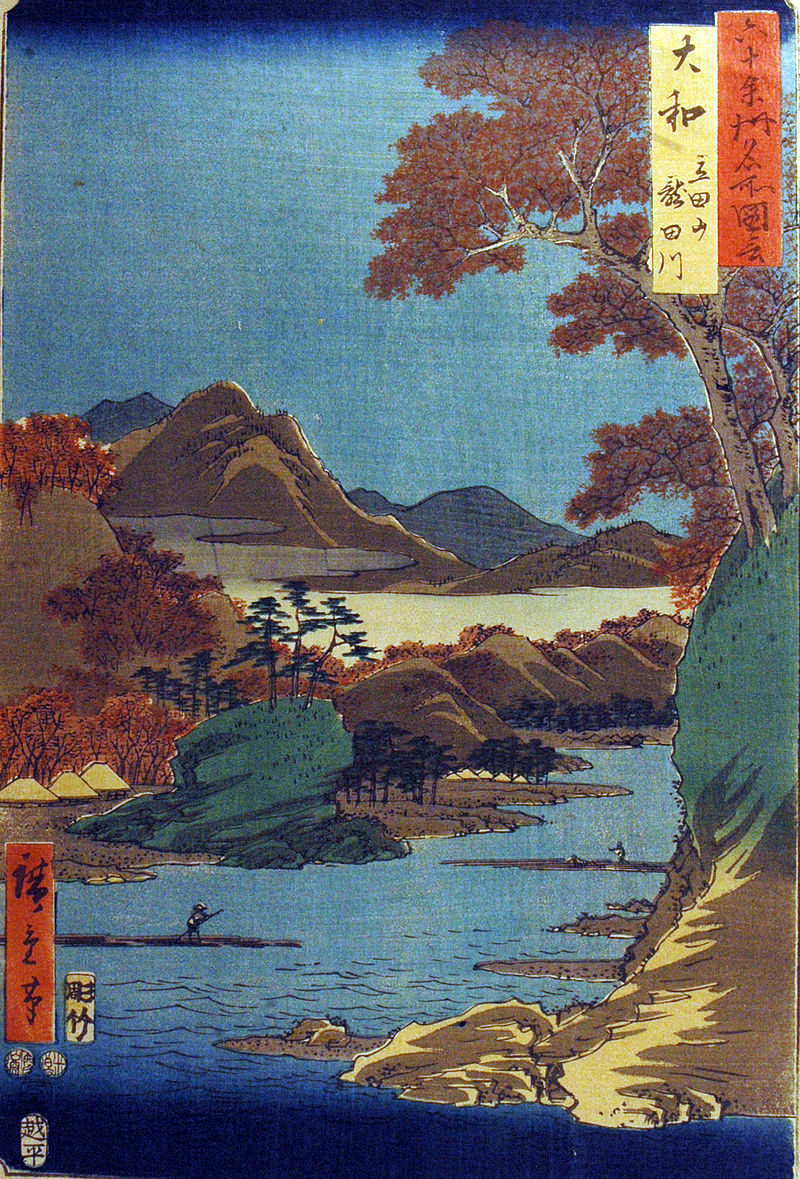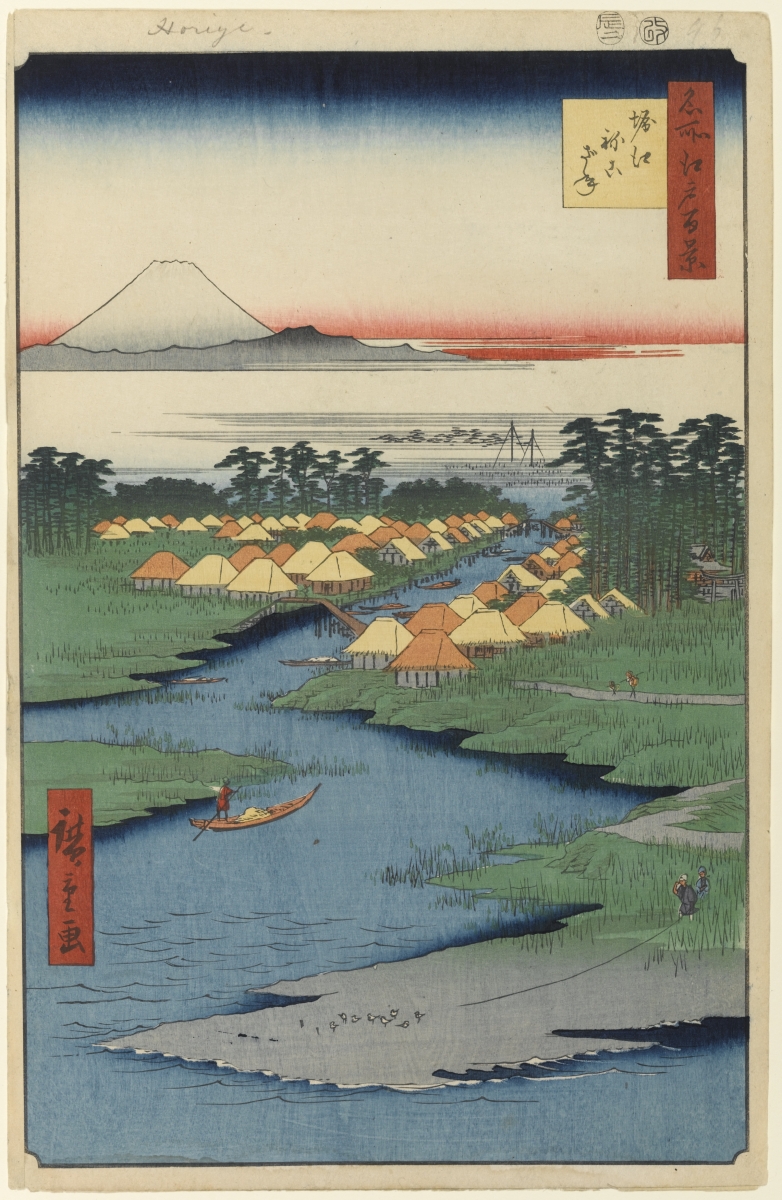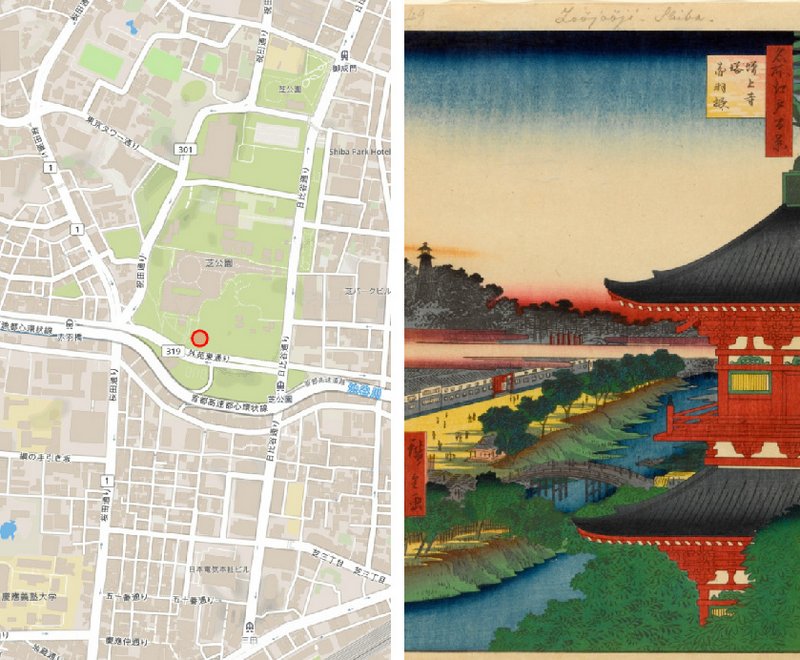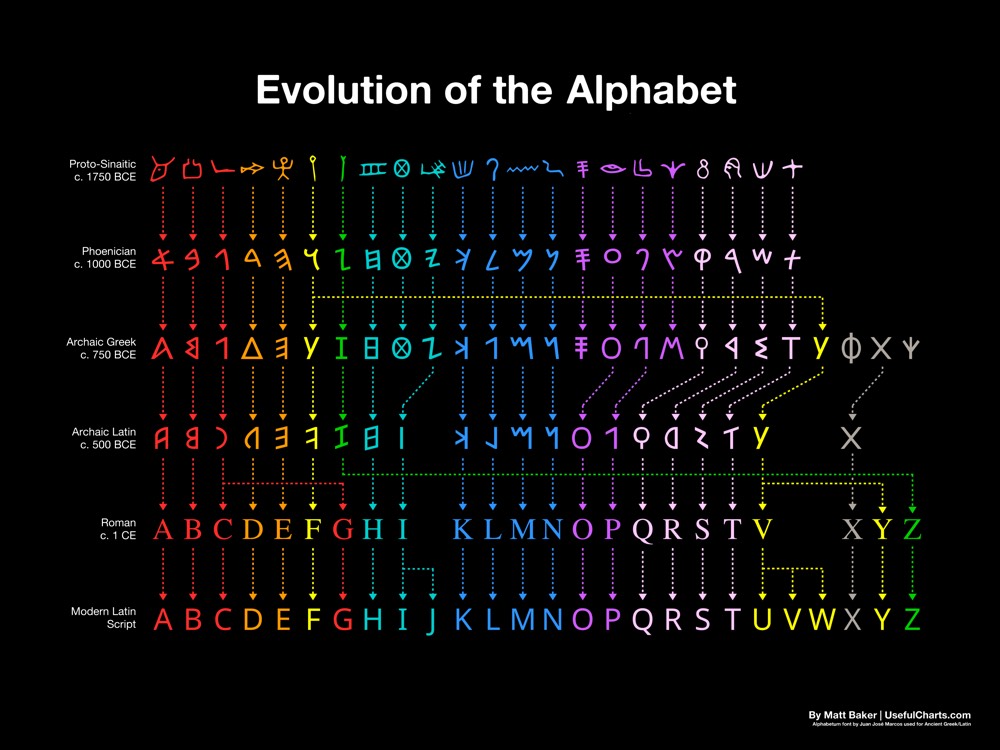[Most Recent Entries] [Calendar View]
Thursday, January 31st, 2019
- Introduction to Philosophy - University of Edinburgh on Coursera - February 4 (7 weeks)
- Modern Masterpieces of World Literature - Harvard University on edX - February 5
- Ancient Philosophy: Plato & His Predecessors - University of Pennsylvania on Coursera - February 11 (4 weeks)
- Roman Architecture - Yale University on Coursera - February 18
- The Ancient Greeks - Wesleyan University on Coursera - February 18 (7 weeks)
- Food as Medicine: Food and Inflammation - Monash University on FutureLearn - February 18
- Seeing Through Photographs - The Museum of Modern Art on Coursera - February 18 (6 weeks)
- Inspiring and Motivating Arts and Culture Teams - University of Michigan on edX - February 19
| Time | Event |
| 3:00p | 2,400 MOOCs (Massive Open Online Courses) Getting Started in February: Enroll Today FYI. 2,400 MOOCs (Massive Open Online Courses) are getting underway in February, giving you the chance to take free courses from top flight universities. With the help of Class Central, we've pulled together a complete list of February MOOCS. And below we've highlighted several courses that caught our eye. The trailer above comes from MoMA's course, Seeing Through Photographs. Here's one tip to keep in mind: If you want to take a course for free, select the "Full Course, No Certificate" or "Audit" option when you enroll. If you would like an official certificate documenting that you have successfully completed the course, you will need to pay a fee. You can browse through the complete list of February MOOCs here. Follow Open Culture on Facebook and Twitter and share intelligent media with your friends. Or better yet, sign up for our daily email and get a daily dose of Open Culture in your inbox. If you'd like to support Open Culture and our mission, please consider making a donation to our site. It's hard to rely 100% on ads, and your contributions will help us provide the best free cultural and educational materials. 2,400 MOOCs (Massive Open Online Courses) Getting Started in February: Enroll Today is a post from: Open Culture. Follow us on Facebook, Twitter, and Google Plus, or get our Daily Email. And don't miss our big collections of Free Online Courses, Free Online Movies, Free eBooks, Free Audio Books, Free Foreign Language Lessons, and MOOCs. |
| 5:38p | The Real Locations of Ukiyo-e, Historic Japanese Woodblock Prints, Plotted on a Google Map
The undisputed last great master of ukiyo-e was Utagawa Hiroshige. He is best known for the many series he created of bucolic landscapes, which offered collectors a chance to see parts of Japan they might never reach. The Japan of his early 19th century work holds a special place in Japanese hearts--a final look at an isolated and beautiful country just before the opening up of the ports to the West and, with it, industrialization. Apart from Mount Fuji, the locations that Hiroshige drew have long gone, but “Computer science undergrad, martial artist, ukiyo-e lover” and British resident George--he goes by the Twitter handle @Cascadesssss--has plotted the location of Hiroshige’s prints on an interactive Google map that has gone quickly viral. The red circles represent the series “One Hundred Famous Views of Edo,” the blue circles “The Fifty-Three Stations of the Tokaido” (one of five main routes in Edo Japan), and the green “Famous Views of the Sixty-odd Provinces," the most expansive series showing scenes all the way from the The Two-sword Rocks of Bo Bay to the north province of Dewa and Mount Gassan. Each location opens to a separate web page with location information, including latitude-longitude numbers. (Pull up a chair map-lovers, you might be here a long time.)
“The Fifty-Three Stations of the Tokaido” was Hiroshige’s most popular series and unlike the other two depicted horizontal landscapes. The artist sketched these in 1832 as he rode in a procession from Edo (now Tokyo) to Kyoto and set to work on the prints once he returned home. The 55 prints (two extra drawings of the starting and ending points of the journey) sold like crazy, as they cost about the same as a bowl of soup for the common person.
“Famous Views of the Sixty-odd Provinces” is different in that Hiroshige did not make trips to see all these beloved locations--instead he put his own spin on existing drawings found in guide books and other sources. The total series of 70 prints took four years to complete, from 1853 to 1856.
By the time the “Provinces” series was winding down, Hiroshige started work on his final series “One Hundred Famous Views of Edo,” which he worked on until his death. Again, though living in Edo, Hiroshige drew from the works of others from decades before. This is also the artist at his most adventurous--some landscapes are obscured by posts and bridge railings or even a carp streamer. One features what is rumored to be Hiroshige’s favorite geisha. These prints would go on to influence Western artists, especially Vincent van Gogh. Hiroshige produced more series over his life--he died aged 61--and here's hoping Cascadesssss plots more on his map soon.
Related Content: Enter a Digital Archive of 213,000+ Beautiful Japanese Woodblock Prints Download 2,500 Beautiful Woodblock Prints and Drawings by Japanese Masters (1600-1915) Ted Mills is a freelance writer on the arts who currently hosts the artist interview-based FunkZone Podcast and is the producer of KCRW's Curious Coast. You can also follow him on Twitter at @tedmills, read his other arts writing at tedmills.com and/or watch his films here. The Real Locations of Ukiyo-e, Historic Japanese Woodblock Prints, Plotted on a Google Map is a post from: Open Culture. Follow us on Facebook, Twitter, and Google Plus, or get our Daily Email. And don't miss our big collections of Free Online Courses, Free Online Movies, Free eBooks, Free Audio Books, Free Foreign Language Lessons, and MOOCs. |
| 7:00p | CBGB’s Heyday: Watch The Ramones, The Dead Boys, Bad Brains, Talking Heads & Blondie Perform Live (1974-1982) There are, I guess, still many things people can do these days to tap into the legacy of CBGB, but I wouldn’t recommend going near most of them. The merchandising empire (do, however, new parents, get your tot a CBGB bib and onesie); the “thuddingly banal” 2013 film version, which… the less said about it the better; yes, and CBGB, the restaurant, in the Newark Airport Terminal C—proceed at your own risk. We must sadly also mention this past summer’s “Potemkin village from hell,” a pop-up “TRGT” shop for the grand opening of the East Village’s new Target at 14th St. and Avenue A. This abomination—which sold CBGB-styled “TRGT” shirts and proffering Target-branded Band-Aids (get it? Bands) sent “Vanishing New York” blogger Jeremiah Moss into “a state of confusion and dysphoria… to see the artifacts of my own life, my cultural and spiritual awakening, my home, displayed above the cash registers in a Target store.” One cannot get too upset. The venue had been in a decline for a long time. The best of grassroots American culture all ends up in a Target or Starbucks eventually, gets green lit for a biopic and turned into an interactive gallery. At least the CBGB building was added to the National Register of Historic Places in 2013. Maybe a boost for the sales of John Varvatos who moved a store into the former club in 2007, the very same year CBGB’s founder Hilly Kristal died of lung cancer. Ever-tasteful New York Post announced the takeover with the headline Hobo Goes Haute. “All of Manhattan has lost its soul to money lords,” said Dead Boys guitarist Cheetah Chrome. Twelve years later, the lament seems understated. But time moves on and so should we, the CBGB of the past was a moment in history never to be seen again, as fervid and fertile as late 19th century Symbolism or the Beats—movements that just happened to have very much influenced New York punk. Like the life and work of Arthur Rimbaud or William S. Burroughs, the only way to commune with the legend of CBGB is through its primary sources. There is no shortage. Recordings, photographs, interviews, and much excellent live footage of the bands that made the T-shirt famous in the years of punk rock’s glory: The Dead Boys and The Ramones in 1977, Bad Brains, inventing hardcore, in 1982, a very awkward Talking Heads and confident Blondie playing the Velvet Underground all the way back in 75…. Turning cultural moments into monuments and merchandise is shallow, of course, but it’s more than that—it’s impoverishing. It makes us think we understand something without ever having seen it. It’s not enough to know that it happened, we should know how it happened. How was the edgy electrified disco stomper “Psycho Killer” once a rickety, “tense and nervous” acoustic strummer? How did The Dead Boys’ Stiv Bators from Cleveland more or less invent the moves front men and women in punk almost universally adopted? How did Washington DC's Bad Brains break every unspoken rule of punk—with complex breakdowns, tempo shifts, and shredding solos—yet still conquer every punk stage? How did the Ramones play entire live sets shorter than some of the single songs certain other bands played onstage at the time? How was it to witness Blondie as a killer live covers act? How was it to see The Ramones play "Judy is a Punk" in 1974? Forget the graveyard of CBGB kitsch out there. If you’re interested in punk rock as a cultural phenomenon, you owe it to yourself to see as much of this historic footage as possible, and to listen to as many live recordings of far-too-often unsung CBGB bands like Television. And if you were there, condolences. Maybe you owe it to the rest of us to tell how it really was. Related Content: AC/DC Plays a Short Gig at CBGB in 1977: Hear Metal Being Played on Punk’s Hallowed Grounds Josh Jones is a writer and musician based in Durham, NC. Follow him at @jdmagness CBGB’s Heyday: Watch The Ramones, The Dead Boys, Bad Brains, Talking Heads & Blondie Perform Live (1974-1982) is a post from: Open Culture. Follow us on Facebook, Twitter, and Google Plus, or get our Daily Email. And don't miss our big collections of Free Online Courses, Free Online Movies, Free eBooks, Free Audio Books, Free Foreign Language Lessons, and MOOCs. |
| 8:00p | The Evolution of the Alphabet: A Colorful Flowchart, Covering 3,800 Years, Takes You From Ancient Egypt to Today No matter our native language, we all have to learn a writing system. And whichever language we learn, its writing system had to come from somewhere. Take English, the language you're reading right now and one written in Latin script, which it shares with a range of other tongues: the European likes of French, Spanish, and German, of course, but now also Icelandic, Swahili, Tagalog, and a great many more besides. The video above by Matt Baker of UsefulCharts explains just where this increasingly widespread writing system came from, tracing its origins all the way back to the Proto-Sinaitic script of Egypt in 1750 BCE. As revealed in the video, or by the poster available for purchase from UsefulCharts, the letters used to write English today evolved from there "through Phoenician, early Greek and early Latin, to their present forms. You can see how some letters were dropped and others ended up evolving into more than one letter." The color-coding and direction dotted lines help to make clearly legible what was, in reality, an evolution that happened organically over about two millennia. Enough changed over that time, as Jason Kottke writes, that "it’s tough to see how the pictographic forms of the original script evolved into our letters; aside from the T and maybe M & O, there’s little resemblance."
Baker's design for this poster, notes Colossal's Kate Sierzuputowski, "was created in association with his Writing Systems of the World chart which takes a look at 51 different writing systems from around the world." All of the research for both those posters informs his video on the history of the alphabet, which looks at writing systems as they've developed across a variety of civilizations. You'll notice that all of them respond in different ways to the needs of the times and places in which they arose, and some possess advantages that others don't. (In Korea, where I live, one often hears the praises sung of the Korean alphabet, "the most scientific writing system in the world.") But what the strengths of the descendant of modern Latin 2000 years on will be — and whether it will contain anything resembling emoji — not even the most astute linguist knows. Related Content: Now I Know My LSD ABCs: A Trippy Animation of the Alphabet Dictionary of the Oldest Written Language–It Took 90 Years to Complete, and It’s Now Free Online How to Write in Cuneiform, the Oldest Writing System in the World: A Short, Charming Introduction You Could Soon Be Able to Text with 2,000 Ancient Egyptian Hieroglyphs The History of the English Language in Ten Animated Minutes Based in Seoul, Colin Marshall writes and broadcasts on cities, language, and culture. His projects include the book The Stateless City: a Walk through 21st-Century Los Angeles and the video series The City in Cinema. Follow him on Twitter at @colinmarshall or on Facebook. The Evolution of the Alphabet: A Colorful Flowchart, Covering 3,800 Years, Takes You From Ancient Egypt to Today is a post from: Open Culture. Follow us on Facebook, Twitter, and Google Plus, or get our Daily Email. And don't miss our big collections of Free Online Courses, Free Online Movies, Free eBooks, Free Audio Books, Free Foreign Language Lessons, and MOOCs. |
| << Previous Day |
2019/01/31 [Calendar] |
Next Day >> |

